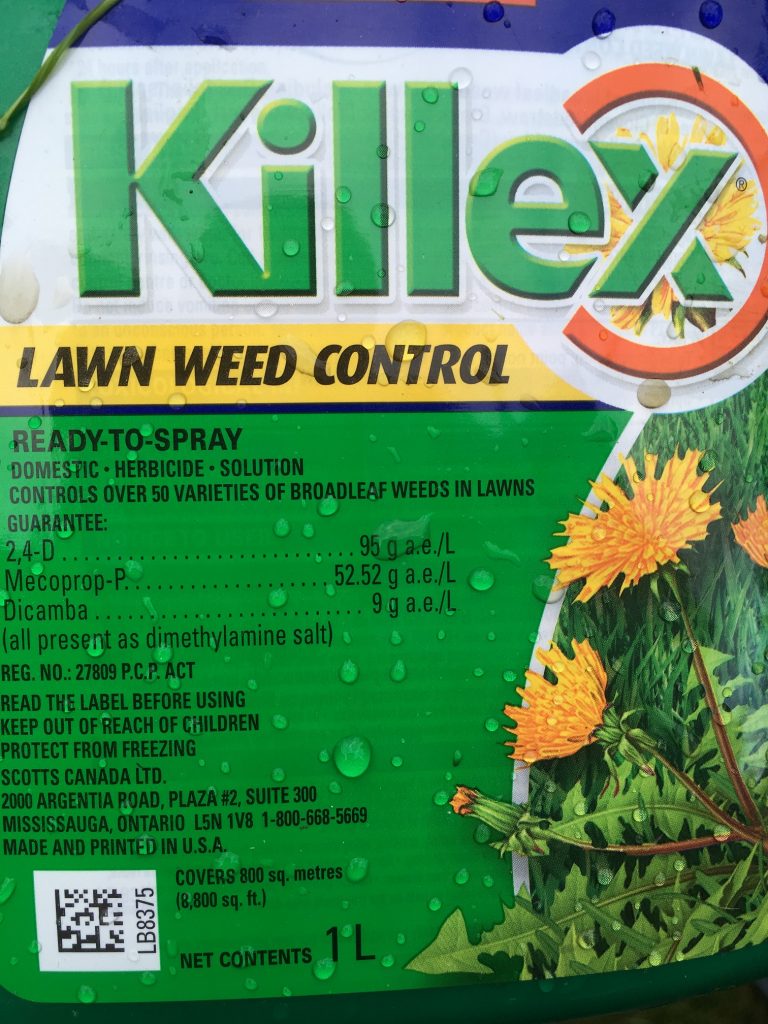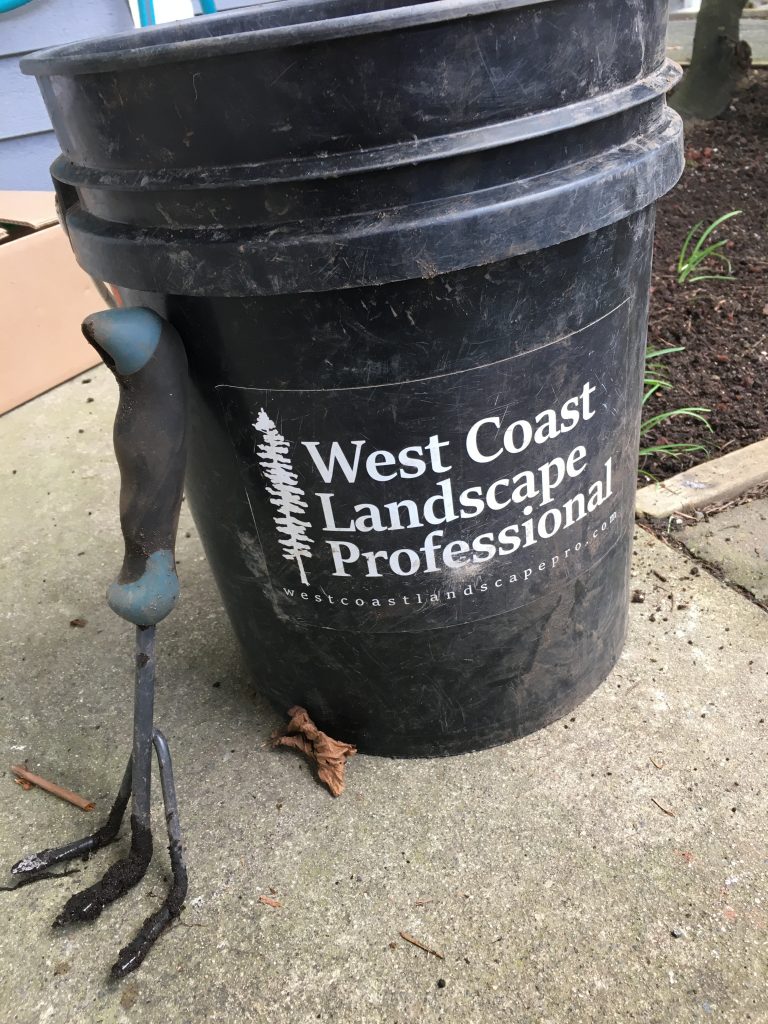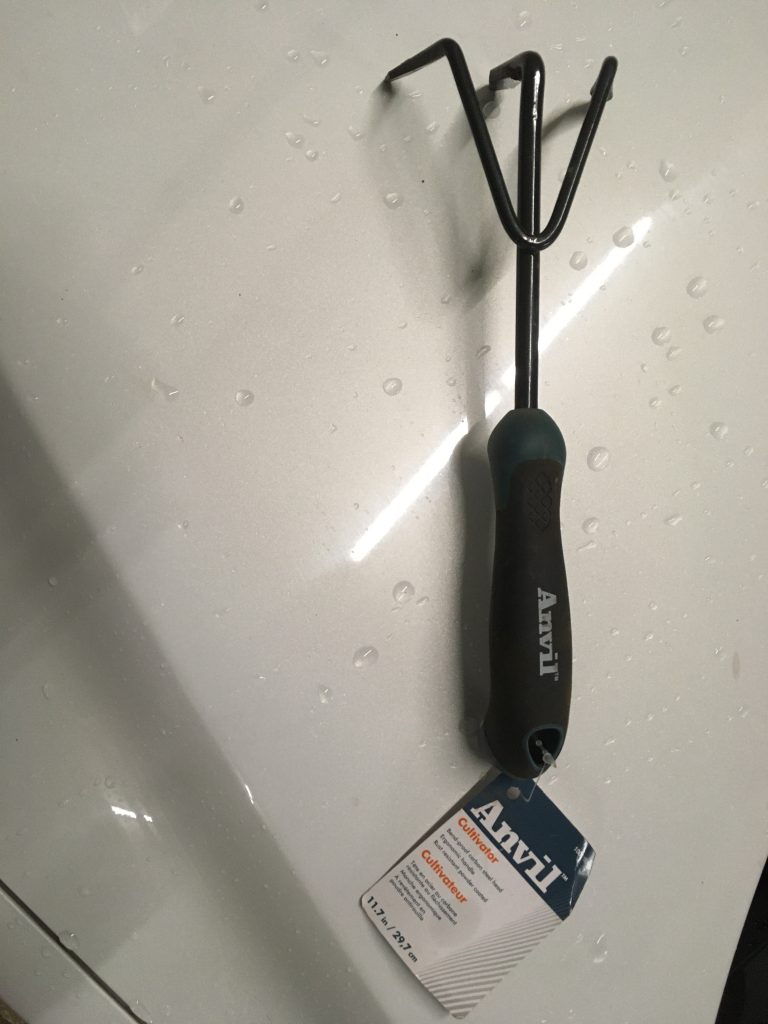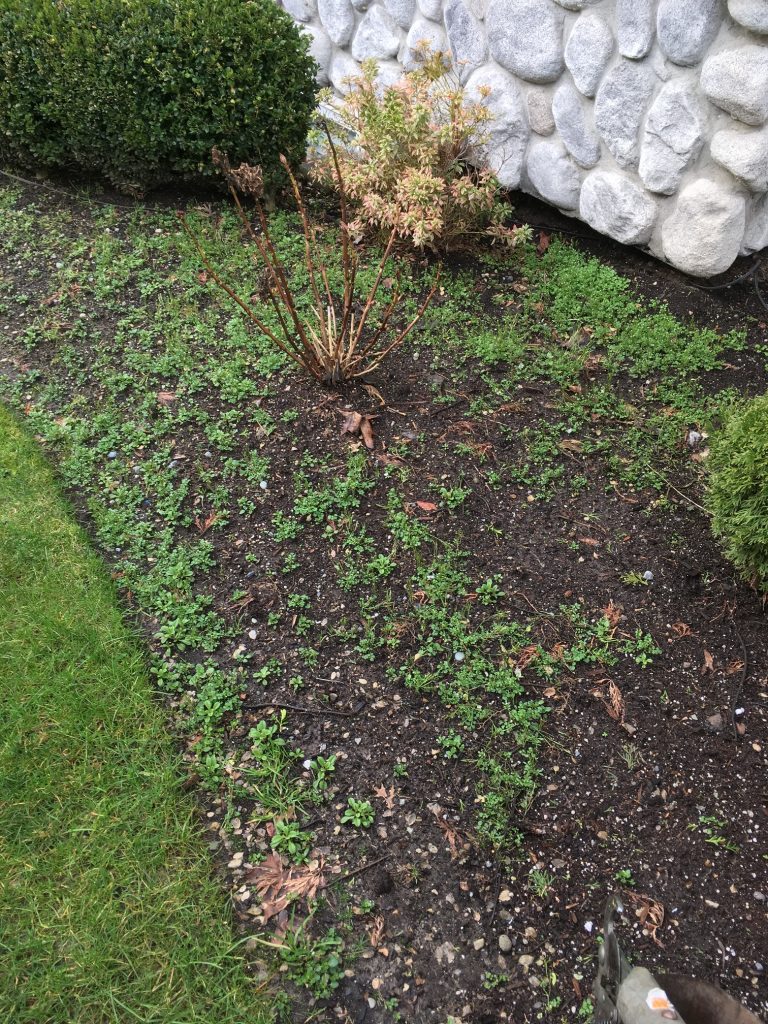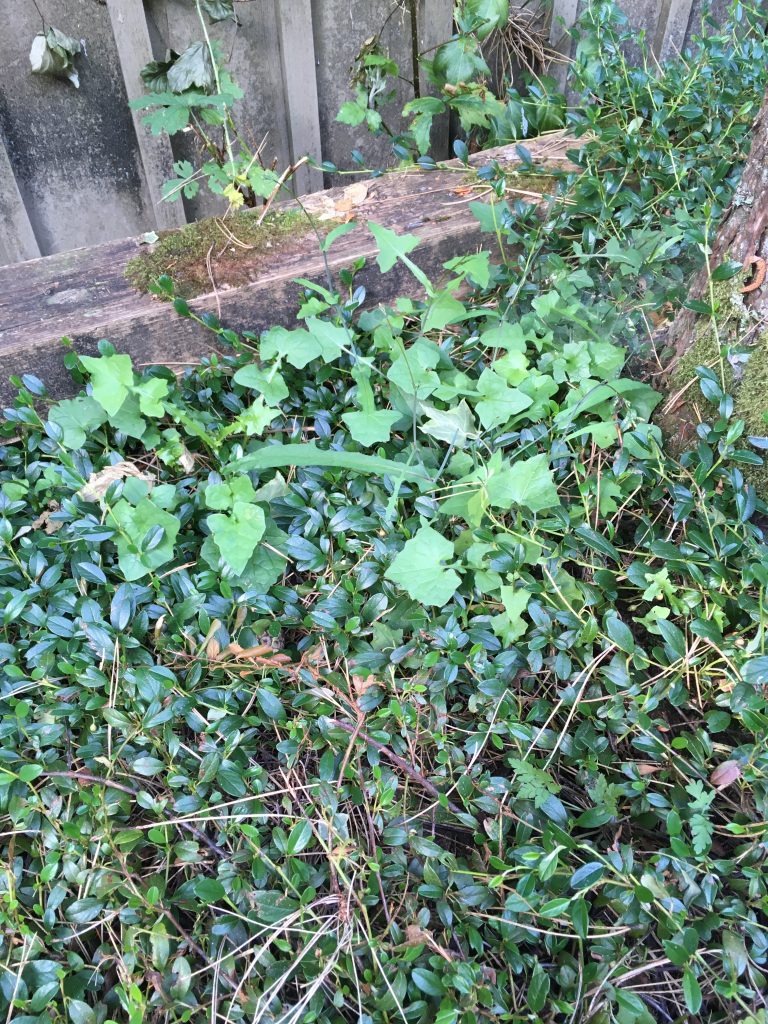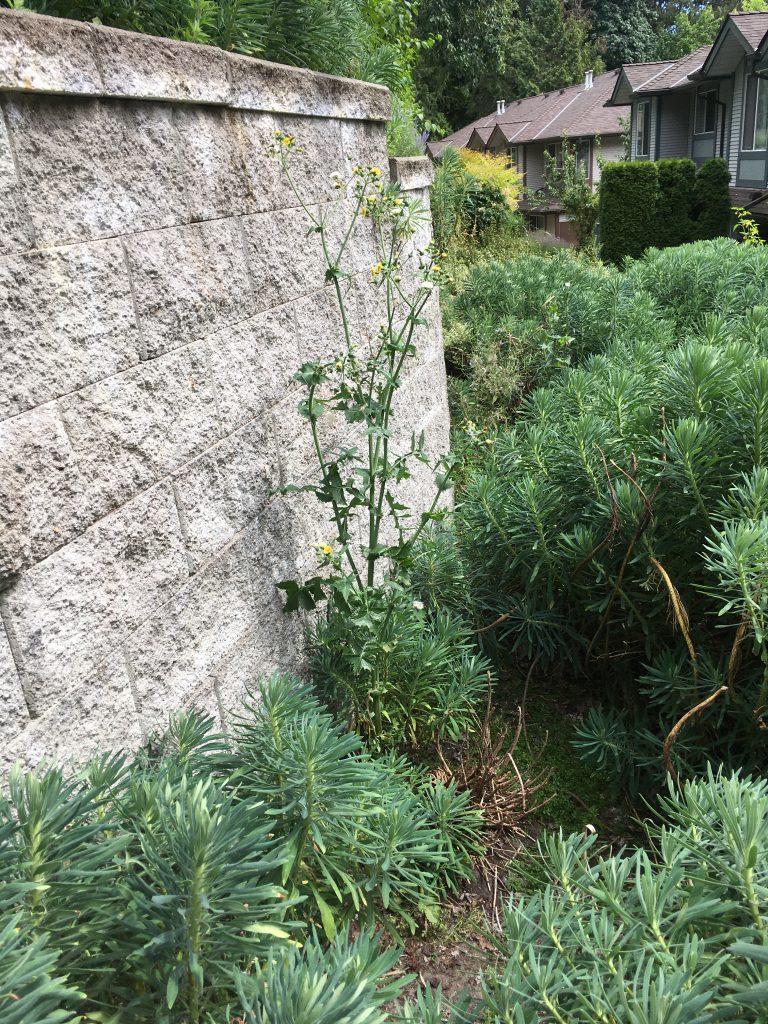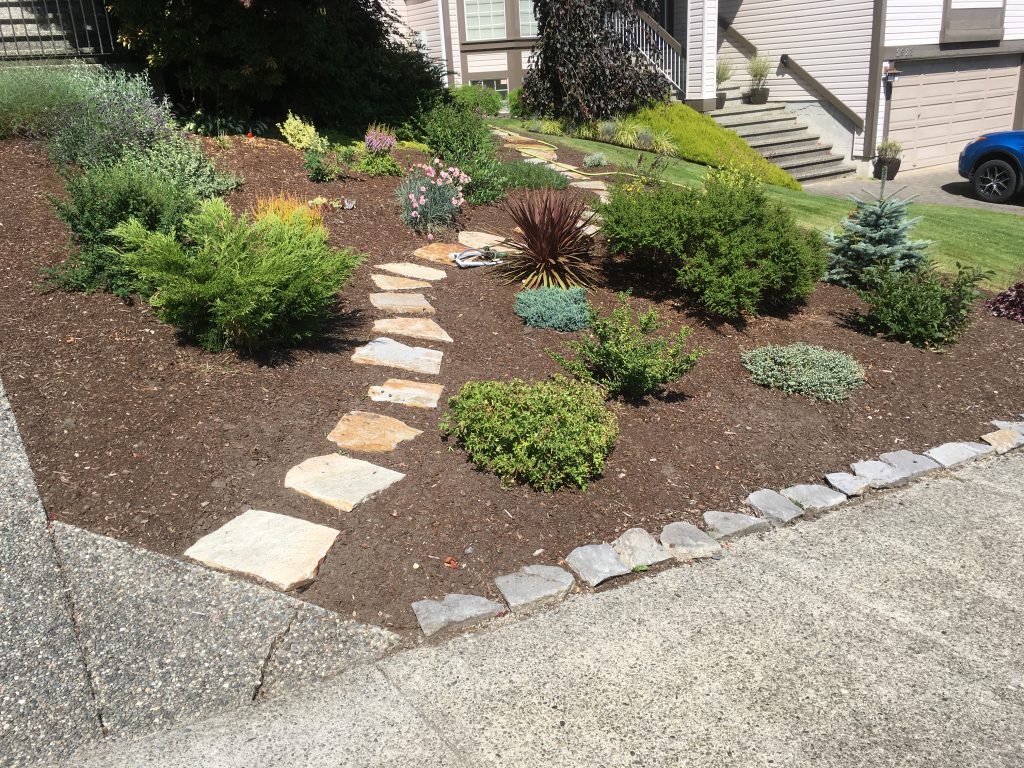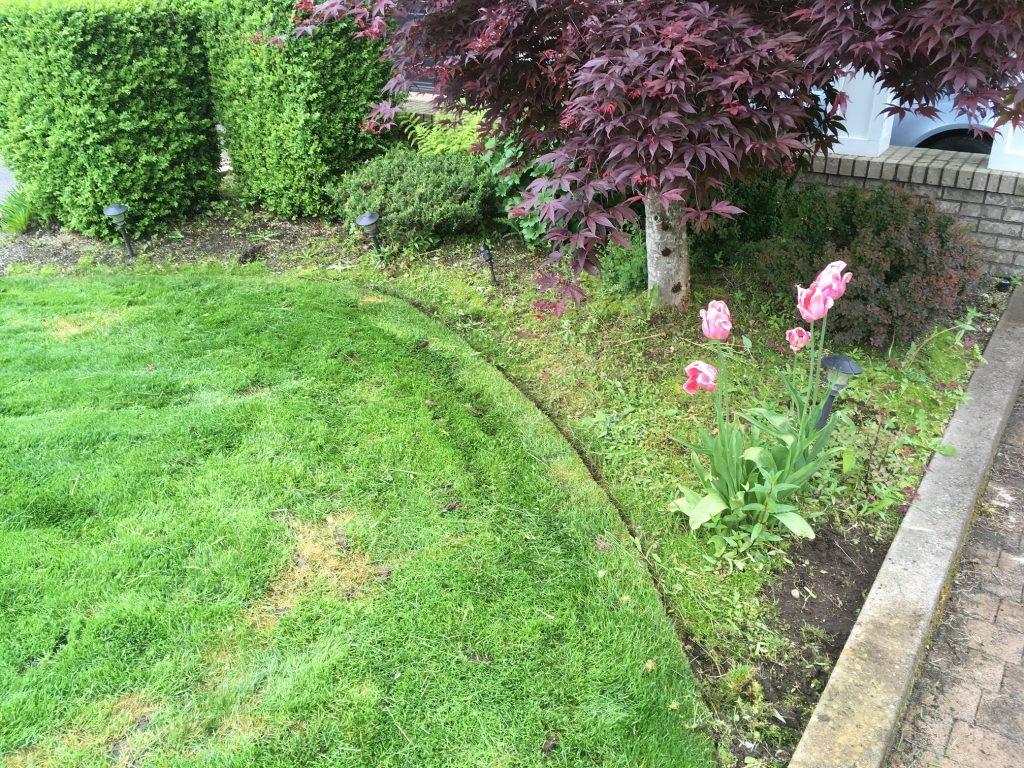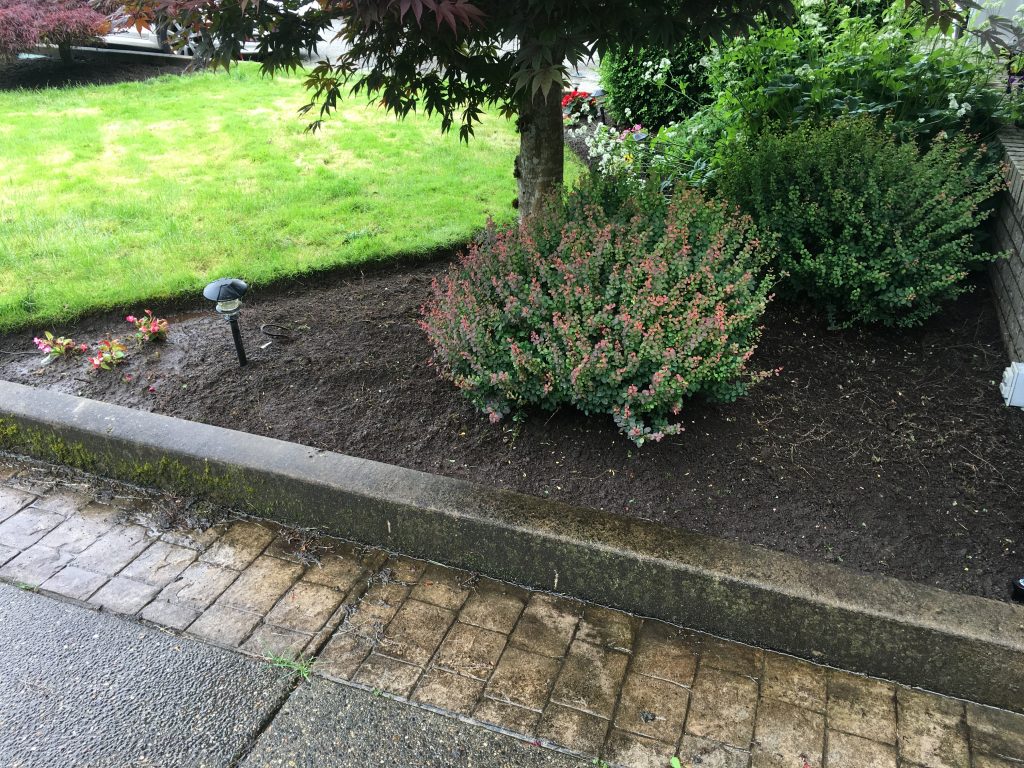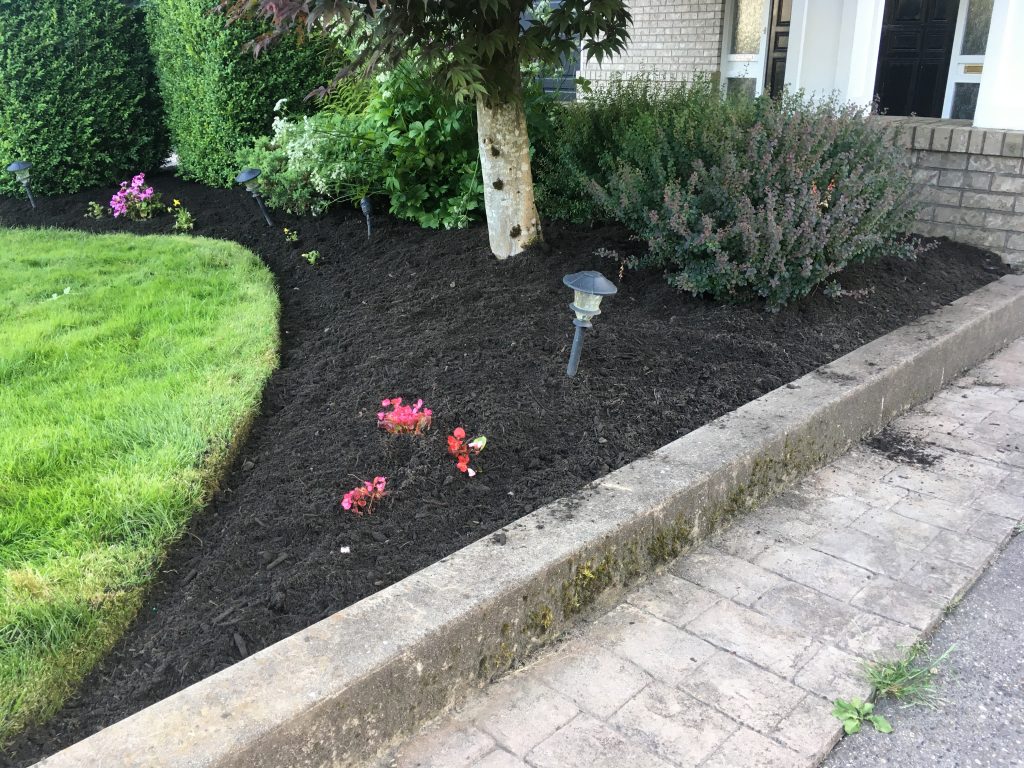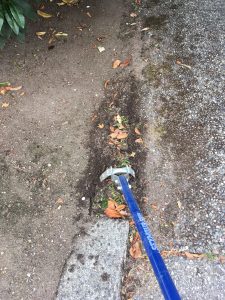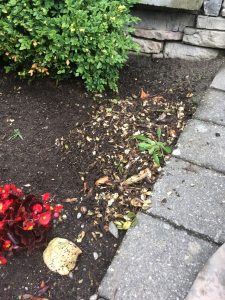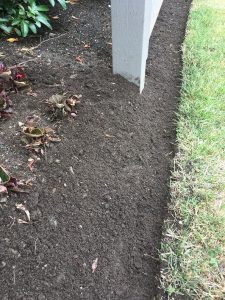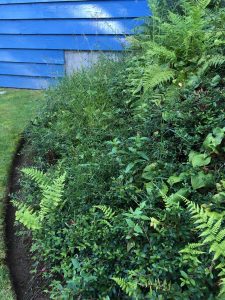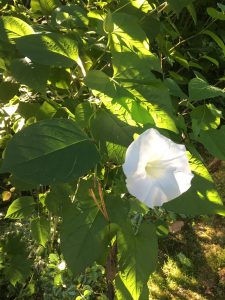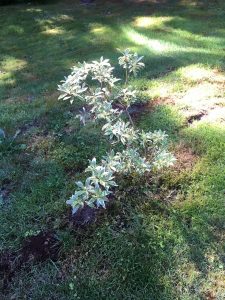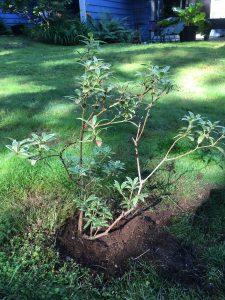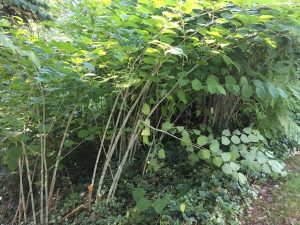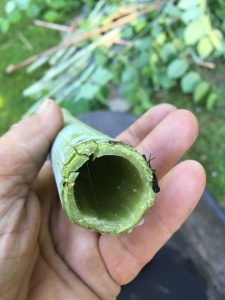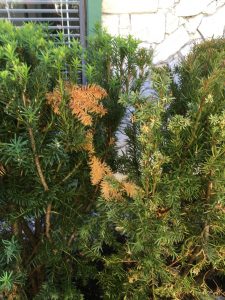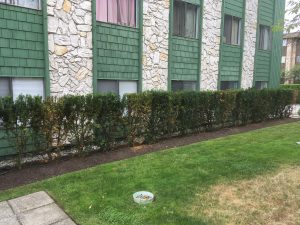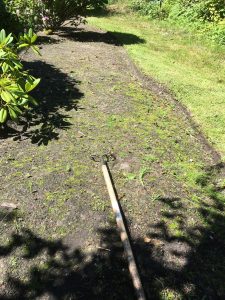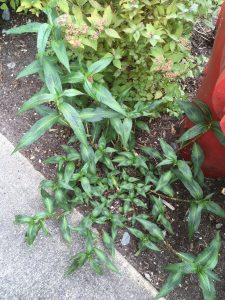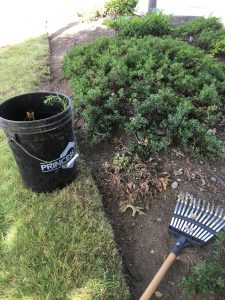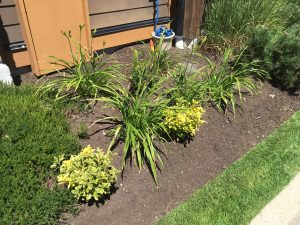“What the s=*#?”
Yesterday I happened to scroll through my Facebook feed and I found a gem in a lawn care group. A professional lawn care dude, presumably running his own company, posted the picture below with a question: “What the shit?”

It’s almost comical. A lawn care professional shocked by seeing local organic dandelion greens for sale. That’s because the chemical industry has done a great job picking on the plant. Unfairly. That’s it, that’s the main point of this blog post. Landscapers have become so brainwashed by the chemical industry, they can’t believe the plant they fight and poison is available for sale. And marked as organic.
Lawn care professionals usually try to get rid of dandelions by mowing them down weekly; and by poisoning them with chemicals. In your own garden you might be able to just pick them out with a hand tool. I once spent a day doing exactly that. You can read about it here.
Or your kids can run around in the “weeds” and make wreaths. I remember playing with dandelions as a kid in Europe. I especially remember one open field like it was yesterday because I would walk it between my grandpa’s villa and my father’s office.
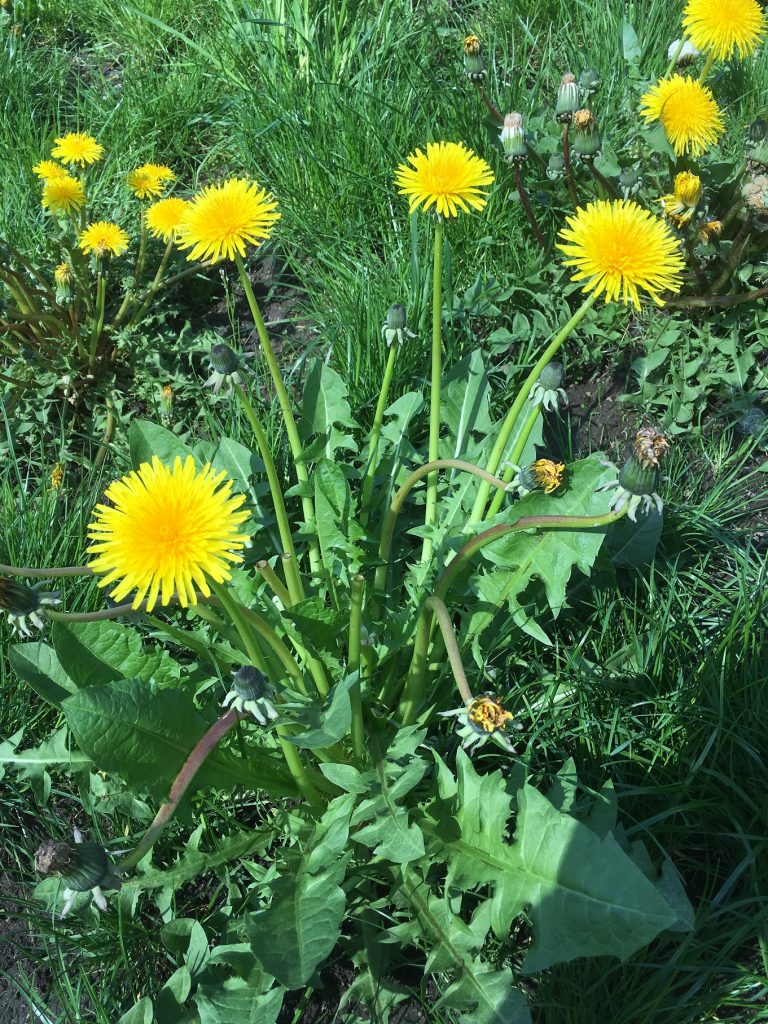
Great plant, great benefits
My other point is that dandelions (Taraxacum oficinale) are amazing plants. I love the way they look but I understand why some multi-family complex clients don’t appreciate the wild look.
Dandelions are so widespread because they don’t need sex to reproduce. And every single part of the plant is edible! Like the greens pictured above and the roasted roots turned into organic, USDA-approved, tea. I buy it occasionally just to create some demand for dandelions.
You can Google the many health benefits of dandelions. And this is just one plant. How many others are we “nuking” because the chemical industry wants us to have a perfect lawn? It’s just that the dandelion is a poster child for the chemical industry; that’s how good they are at selling their chemical products.
Go ahead, try it!
I openly admit to looking at dandelion tea with some reservations. USDA-approved, organic dandelion root tea for C$6? But I gave it a shot and everything was fine. You can too. So next time you see dandelion greens for sale, buy some and enjoy them. The dandelion got picked on by the chemical industry unfairly. It’s an amazing plant.
That was my reply to the post mentioned above. Greens? That’s nothing. The whole plant is edible.
